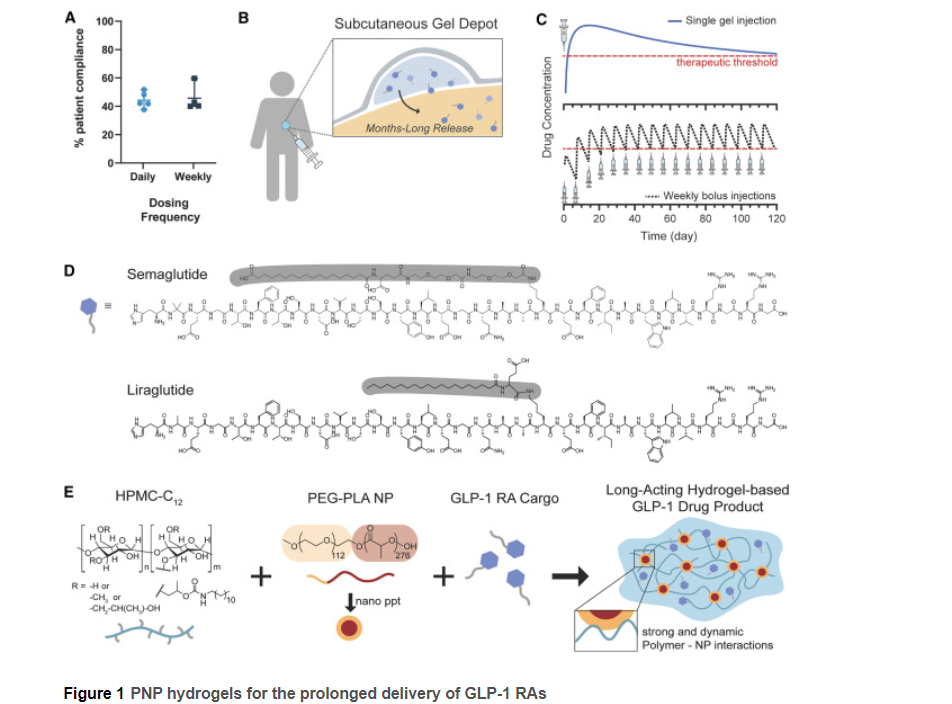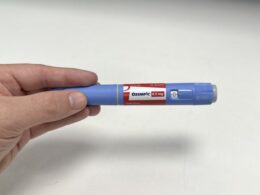the health strategist
platform
the most compreehensive knowledge portal
for continuous health transformation
and digital health- for all
Joaquim Cardoso MSc.
Chief Research and Strategy Officer (CRSO),
Chief Editor and Senior Advisor
December 4, 2023
One page summary
What is the message?
GLP-1 agonists like semaglutide and liraglutide effectively manage type 2 diabetes but face challenges due to the need for frequent injections, impacting patient adherence.
A breakthrough hydrogel drug delivery system developed by Stanford University researchers offers a potential solution, allowing for significantly less frequent injections while maintaining therapeutic benefits.

What are the key points?
- GLP-1 agonists aid in improving blood sugar levels, weight loss, and cardiovascular health in type 2 diabetes patients but face adherence challenges with daily or weekly injections.
- Stanford University’s research introduces an injectable hydrogel drug delivery system that dissolves slowly over months, enabling GLP-1 agonists like semaglutide to be administered just once every four months.
- The hydrogel, composed of polymers and nanoparticles, gradually releases the drug as it dissolves, offering a sustained therapeutic impact.
- Successful tests on laboratory rats demonstrated the system’s efficacy, with plans for further trials on pigs and subsequent human trials.
- Senior author Eric Appel highlights the potential for the hydrogel to revolutionize diabetes management by addressing adherence issues and extending the release of anti-diabetic and anti-obesity treatments.
Examples
The study successfully tested the hydrogel on laboratory rats, showcasing promising results.
The researchers plan to advance their research by conducting trials on pigs, paving the way for potential human trials.
Conclusion
Stanford University’s breakthrough hydrogel drug delivery system offers a groundbreaking solution to the adherence challenges associated with GLP-1 agonists for type 2 diabetes.
The slow-dissolving hydrogel could transform the current injection frequency from daily or weekly to just once every four months, potentially revolutionizing diabetes management and improving patient compliance.
The successful animal testing marks a significant step forward, with further trials and potential human studies on the horizon.
DEEP DIVE

This summary was written based on the article “New formula could mean diabetes and weight loss drugs such as semaglutide are only needed every 4 months”, published by Cardiovascular Business and written by Michael Walter on November 28, 2023.
To read the original article, click here.
To access the full analysis, published by Cell Reports Medicine, click here.











